
When it comes to building your dream gaming PC, figuring out the best graphics card for your needs, wants, and budget is often the most difficult part. Every gamer might love to have an $1,199 (£1,099, AU$1,899) Nvidia GeForce RTX 2080 Ti, the fastest consumer card right now, but your wallet should have the final say. Excellent performance at high resolutions is only one factor to consider, and you can easily game on much more affordable hardware. The best graphics cards come in variety of shapes and sizes, and we're here to help you find the perfect GPU, no matter what kind of games you want to play, or what your budget looks like.
If you're trying to play titles like Metro Exodus in 4K at 60fps, you're going to need an expensive GPU like the RTX 2080 Ti. But, if you're just trying to play some Overwatch or World of Warcraft with some friends, you can get by with something like the Nvidia GeForce RTX 2060, GeForce GTX 1660 Ti, or AMD Radeon RX 590, which are a fraction of the price. No matter what you're trying to do, there's a graphics card out there for you.
Right now, if you're looking to balance budget vs performance and future-proofing, we'd probably recommend the Nvidia GeForce RTX 2070. While it isn't the most powerful card, it matches or exceed the performance of the previous generation GTX 1080, at a slightly lower price, and it supports all the ray tracing and DLSS effects for when those become prevalent. The EVGA Black RTX 2070 is one of our favorite options, but keep an eye out for deals as we've seen other RTX 2070 cards drop as low as $450.
It all comes down to personal choice and budget, so below you'll find the best graphics cards at their cheapest prices we could find, along with some notes on their performance and features. And here are some links to other features you'll find useful if you're building a complete PC instead of just upgrading your graphics card.
Best CPU for gaming | Best DDR4 RAM | Best gaming motherboardsBest SSD for gaming | Best PC cases | Best gaming monitors

Nvidia GeForce RTX 2080 Ti
The fastest graphics card for 4K, ray tracing, and everything else
GPU Cores: 4,352 | Base Clock: 1,350MHz | Boost Clock: 1,545MHz | GFLOPS: 13,448 | Memory: 11GB GDDR6 | Memory Clock: 14 GT/s | Memory Bandwidth: 616GB/s
Fastest graphics card around
Ray tracing and deep learning tech
TItan pricing on GeForce
No ray traced games yet
Nvidia's GeForce RTX 2080 Ti is the latest and most potent GPU around, and it's also one of the largest consumer GPUs ever produced. The Turing TU102 is 60 percent larger than the Pascal GP102 in the 1080 Ti, with 55 percent more transistors. Those extra transistors went into more CUDA cores, but Nvidia didn't stop there, adding in Tensor cores to help accelerate deep learning algorithms like DLSS, plus RT cores to accelerate ray tracing. There are plenty of other enhancements in the Turing architecture as well, but if you want the best, be prepared to shell out: the cheapest 2080 Ti cards start at $999, with many selling for $1,199 and up.
If you're looking for the best value, forget about the new RTX cards. On the other hand, if you're eying a 4k 144Hz HDR G-Sync display and you want the absolute fastest graphics card around, this is the card for you. You could even try adding a second card and using an NVLink connector, assuming you just won the lottery. We're unlikely to see anything substantially faster for at least a year, so you'll be able to sit comfortably at the top of the pecking order for a while.

Second fastest GPU at a more reasonable price
GPU Cores: 2,944 | Base Clock: 1,515MHz | Boost Clock: 1,710MHz | GFLOPS: 10,068 | Memory: 8GB GDDR6 | Memory Clock: 14 GT/s | Memory Bandwidth: 448GB/s
Ray tracing and deep learning
Potential to become even faster
1440p ray tracing needs DLSS
More expensive than the 1080 Ti
Sure, the RTX 2080 Ti is the fastest graphics card and has all sorts of cool and potentially useful features, but at the current prices it's a tough pill to swallow. Dropping down to the RTX 2080 will get you still excellent performance—it's the second fastest consumer GPU, edging out the GTX 1080 Ti—and save over $300. And you still get the same ray tracing and deep learning (eg, DLSS) features, albeit not quite as many of each core type.
The one major caveat right now is the same as above, we're still waiting for games that enable ray tracing effects and DLSS. Those should start arriving in the next month or so with a Shadow of the Tomb Raider patch and Battlefield 5, but will the RTX 2080 be powerful enough to use the new features? Most likely not at maximum resolution and quality, but hopefully we'll be able to run at a reduced quality ray tracing mode that will look nearly as good and perform better.

The fastest AMD graphics card, the first 7nm GPU, and an excellent choice for content creation
GPU Cores: 3,840 | Base Clock: 1,400MHz | Boost Clock: 1,750MHz | GFLOPS: 13,440 | Memory: 16GB HBM2 | Memory Clock: 2 GT/s | Memory Bandwidth: 1024GB/s
Good performance
Support the underdog
Slower than GTX 1080 Ti
No truly new features
The Radeon VII is an excellent GPU for content creation duties with gaming as side job. That's thanks to its massive 16GB of HBM2 and 1TB/s of memory bandwidth. It's also the world's first 7nm GPU, which is how AMD reduced the size compared to Vega 64 while boosting performance.
If you want the fastest graphics card that $700 can buy, you're generally better off with the RTX 2080. It outperforms the Radeon VII by around 10 percent on average, and it does that while drawing less power. However, there's something to be said for supporting AMD as an alternative to Nvidia, and some gamers will take that route.
Supply of the Radeon VII hasn't kept up with demand, at least not yet, but we expect that to change. We also expect to see some custom designs from AMD's AIB partners at some point, but right now all the Radeon VII cards use the same reference design. It's a great design, though, with triple fans and a stylish enclosure. If you're pulling for Team Red, this is currently as good as it gets.

Fast and more affordable than the other RTX models
GPU Cores: 2,304 | Base Clock: 1,410MHz | Boost Clock: 1,620MHz | GFLOPS: 7,465 | Memory: 8GB GDDR6 | Memory Clock: 14 GT/s | Memory Bandwidth: 448GB/s
Good performance
Better pricing than other models
Not much faster than GTX 1080
Waiting for DLSS games
The ray tracing future may sound great, but what if you can't afford $700 or more on a graphics card? That's where Nvidia's RTX 2070 enters the picture, the third Turing GPU and the most affordable of the bunch. More importantly, it's relatively widely available, and there are even a few cards at the base recommended price of $500. That's still a lot of money for a graphics card, and the 2070 is actually slower than the previous generation 1080 Ti (see below), at least in games that don't support DLSS—which is everything for the time being, though that should start to change soon.
The RTX 2070 effectively takes over where the GTX 1080 left off. It offers slightly better performance for the same price, and like the other RTX cards it features the new Tensor and RT cores. The Founders Edition wasn't particularly impressive, given its $100 price premium, but we liked the EVGA 2070 Black quite a bit and it makes for a fine addition to any new gaming PC. The Gigabyte 2070 Windforce and Asus 2070 Turbo are two more options to consider, and all the 2070 GPUs tend to reach similar maximum overclocks.

Perfect for 1440p and 144Hz displays
GPU Cores: 1,920 | Base Clock: 1,410MHz | Boost Clock: 1,680MHz | GFLOPS: 6,451 | Memory: 6GB GDDR6 | Memory Clock: 14 GT/s | Memory Bandwidth: 336GB/s
Great for 1080p and 1440p gaming
Affordably priced RTX features
Struggles in ray tracing games
Sideways step from GTX 1070 Ti
The best graphics card isn't simply the fastest graphics card, or the cheapest graphics card. Instead, the best graphics card needs to balance performance, price, and features. There are many great graphics cards, but for a great GPU that won't break the bank, Nvidia's RTX 2060 is probably the best option. It delivers performance roughly equal to the outgoing GTX 1070 Ti, with a lower price, plus all the new RTX features.
If you want to play games at 1080p or 1440p on a 144Hz display, the RTX 2060 has the chops to handle most games at close to high to ultra quality. Unless you enabled ray tracing in games that support it, at which point it tends to come up short. Still, with a retail price of $350, it's hard not to like the RTX 2060. About the only thing threatening its price/performance ratio is the rumored GTX 1660 Ti.

AMD Radeon RX Vega 56 8GB
Powerful and packing HBM2, the Vega 56 now has a mainstream price
GPU Cores: 3,584 | Base Clock: 1,156MHz | Boost Clock: 1,471MHz | GFLOPS: 10,554 | Memory: 8GB HBM2 | Memory Clock: 1.6 GT/s | Memory Bandwidth: 410GB/s
Great performance
Suitable for 1440p
Can be quite power hungry
Architecture showing its age
We had high hopes for Vega prior to its launch, and ultimately it couldn't live up to the hype. Instead of being the Titan-killer we hoped for, the Vega 64 and Vega 56 failed to take down even Nvidia's year-old GTX 1080 / 1070. But they come close, often leading in DirectX 12 games, and at least prices are affordable these days. Plus you can make the argument of supporting the underdog to prevent an Nvidia monopoly.
The RX Vega 56 is the better buy at current prices, and it will usually handle modern games at 1440p and maybe even 4k. Where it comes up short is in efficiency: the Vega 56 often uses as much power as a GTX 1080 Ti, with performance closer to the new RTX 2060. It's not just about power and heat, but noise levels and longevity. More power on the GPU means more power on the PSU, which means both have fans that need to spin faster. We really want an RTX competitor from AMD, but unfortunately the Radeon VII isn't it. Until AMD's Navi ships in late 2019, the Vega 56 remains a good upper midrange value.

The best card for mainstream gaming right now
GPU Cores: 1,536 | Base Clock: 1,500MHz | Boost Clock: 1,770MHz | GFLOPS: 5,437 | Memory: 6GB GDDR6 | Memory Clock: 12 GT/s | Memory Bandwidth: 288GB/s
Excellent performance at 1080p
Very efficient design
Only 6GB VRAM
No RTX features
Nvidia's latest GPU is the GTX 1660 Ti, sort of an odd departure for the new Turing architecture as Nvidia removed (or at least disabled) the ray tracing and deep learning hardware that has so far been the focus of a lot of hype, not to mention a little controversy. But along with dropping those features Nvidia delivers a lower priced and impressively efficient design. It mostly takes over from the previous GTX 1060 cards, with more bandwidth and better performance at a similar price. In fact, it's almost a direct replacement in performance for the GTX 1070.
There are a few minor drawbacks, however, like sticking with 6GB of VRAM. Yes, the GDDR6 memory delivers 50 percent more bandwidth than the 1060 6GB GDDR5, but some newer games are starting to push beyond 6GB at some settings. There's also the missing RTX features. Ray tracing and DLSS might not seem like such a big deal right now, but $70 more gets you the faster and potentially more capable RTX 2060. But if you don't want to go about $300, the GTX 1660 Ti is a great graphics card.

A powerful and impressively priced mainstream card
GPU Cores: 2,304 | Base Clock: 1,257MHz | Boost Clock: 1,340MHz | GFLOPS: 6,175 | Memory: 8GB GDDR5 | Memory Clock: 8 GT/s | Memory Bandwidth: 256GB/s
Excellent performance at 1080p
Usually faster in DX12 games
Uses more power than GTX 1060
Many gamers are on a budget, and while faster cards might make you envious, if you're running a 1080p display they're often overkill. Mainstream GPUs like the RX 570/580 and GTX 1060 3GB/6GB are close to the original MSRPs, with sales even dropping below MSRP. The RX 580 8GB trades blows with the GTX 1060 6GB, typically winning by a few percent in performance but using more power. The overall victor of the midrange category is largely determined by local pricing, with the US market currently favoring the RX 580.
You can find the RX 580 8GB for less than $200, hitting the sweet spot for mainstream gamers. That undercuts both GTX 1060 models as well as AMD's own RX 590. The 590 is about 10-15 percent faster but costs 40 percent more. Until the RX 590 prices drop or we see a better mainstream successor, the 580 8GB remains one of the best values in graphics cards.

Nvidia GeForce GTX 1060 6GB
Great 1080p performance and a new, lower price (for now)
GPU Cores: 1,280 | Base Clock: 1,506MHz | Boost Clock: 1,708MHz | GFLOPS: 4,372 | Memory: 6GB GDDR5 | Memory Clock: 8 GT/s | Memory Bandwidth: 192GB/s
Good price and performance
Efficient and quiet
Lower settings in demanding games
Rumors of GTX 1660 Ti
Nvidia's older GTX 1060 cards are an alternative to the RX 580/570, though with the arrival of the GTX 1660 Ti above we expect supply of the 10-series cards to dry up. For now, however, the price has dropped and the 1060 6GB still delivers good performance. The loss of 2GB VRAM relative to the RX 580 isn't really a concern in most games, especially at 1080p, which is where these cards do best. 1440p is possible, but only at sometimes significantly lower quality settings.
The biggest benefit of the GTX 1060 is that is uses about 50W less power than the RX 580. That's less heat and a quieter build, though power savings will likely only add up to a dollar or two per month (unless you game a whole lot). If you don't want the RX 580 or GTX 1660 Ti, this is a great card at close to $200. There will probably be a $200 GTX 1660 non-Ti card to replace this in the not too distant future.

Another great 1080p card, at a bargain price
GPU Cores: 2,048 | Base Clock: 1,168MHz | Boost Clock: 1,244MHz | GFLOPS: 5,095 | Memory: 4GB GDDR5 | Memory Clock: 7 GT/s | Memory Bandwidth: 224GB/s
Good for 1080p gaming
Often faster in DX12
Uses more power than GTX 1060
Only 4GB VRAM
AMD's Polaris architecture version two is in the Radeon RX 570/580. The RX 570 4GB has now dropped well below its original $169 target, and if you're looking for a 1080p card you really won't find a better bargain. Overall, the RX 570 4GB typically comes out slightly ahead of the GTX 1060 3GB, and while it does use a bit more power, it also costs $35 less than the cheapest 1060. Most desktops are more than capable of running this 150W card without any difficulty, and it pretty much kills off the market for anything lower.
The biggest concern with the RX 570 is that it's getting old, and if you opt for the cheaper 4GB model, future games could present a problem. Then again, running future games at ultra quality probably isn't viable regardless. For lighter fare like Overwatch or CSGO, this is more than enough GPU and should keep you happily gaming for several years.

An affordable card that's great for esports
GPU Cores: 1,024 | Base Clock: 1,175MHz | Boost Clock: 1,275MHz | GFLOPS: 2,611 | Memory: 2GB GDDR5 | Memory Clock: 7 GT/s | Memory Bandwidth: 112GB/s
Extremely affordable
No power adapter required
Struggles with some newer games
When it comes to budget graphics cards, the primary competitors are AMD's RX 560 and Nvidia's GTX 1050. Currently, the RX 560 4GB costs less than the GTX 1050 2GB 1050 and typically performs slightly better, especially at low to medium quality and 1080p where competitive gamers like to hang out. That makes it the easy choice for the budget category, though the RX 570 mentioned above is much faster for just $30 more.
If you really can't afford much more than $100, the RX 560 4GB is great for lighter esports games, including CS:GO, LoL, Overwatch, and more. It can easily hit 60fps at 1080p in most games at low to high quality (depending on the game), which is about as much as we can ask of such a card. Just know that the RX 560 is at the very bottom of what we consider 'acceptable' performance and is likely to struggle in the new crop of demanding games (eg, Metro Exodus).

While the CPU is still the 'brain' of your PC, dozens of games every year will push your graphics card to its limits. It's the component you'll want to upgrade most frequently, but if you buy the right card, it should last you at least two years. For gaming systems, it's also likely the most expensive part in your build. On a practical budget, it's critical to find the graphics card with the best ratio of price to performance. That's why we've previously looked at cards in the $300/£250 range, though the best values are currently either above or below that mark.
Recent graphics card reviews
For raw performance, Nvidia's RTX 2080 Ti is a killer card, easily outperforming all older cards. It's also modestly overclockable, quiet, and reasonably efficient. But it costs an arm and a leg. You can argue about whether you really need ultra quality or what resolution to run, but your wallet will likely end up pointing you at cards in the $200-$350 range. That's why the RTX 2060 is such an impressive card, even if it's not the fastest new kid on the block.
We recommend the RTX 2060, or maybe the RTX 2070, to most—but not all—PC gamers, it's not the only option worth considering. Performance scales with price as you move up the ladder, but near the top you get greatly diminishing returns. The same goes for moving down to the ladder, though: go too low and while the price might look good, performance could leave you wanting. So we factor in all of these elements when reviewing and recommending graphics cards.
Do you need a new graphics card?
If you're doubtful that your current PC is fast enough to warrant purchasing a better graphics card, I have some data for you. Even with the fastest graphics card around, running at a resolution that puts more of the burden on your CPU (1080p ultra), there's often only a minor improvement in gaming performance. Yes, truly old CPUs are going to struggle, but going from a Core i7-4770K to a Core i7-8700K only improves gaming performance by 23 percent on average.
What happens if you use a graphics card that's 20-30 percent slower than a GTX 1080 Ti? Your CPU becomes even less of a factor. If you have at least 8GB of system memory and a Core i7-4770K or better CPU, you should be fine with everything up to about the GTX 1070 Ti / RX Vega 56 level of performance. We wouldn't recommend buying an i7-4770K these days, however, so when it comes time to upgrade look at our choice for the best CPU for gaming.
Don't be fooled into thinking VRAM capacity is more important than the GPU, either. It can be a factor, but slower GPUs with 4GB VRAM usually can't handle settings that actually need 4GB VRAM, and games that need 8GB will also tend to favor GPUs closer to the RTX 2080 than the RX 580. There's also very little (if any) discernible difference in most games when switching from 2GB to 4GB textures, never mind 4GB to 8GB. All the cards we've selected have at least 4GB, which is more than sufficient for high quality, and it's usually enough for ultra settings as well.
Testing graphics cards
Our graphics card recommendations are based on our own extensive benchmarks and testing, and then factoring in the price. We have benchmark data for the complete range of Nvidia and AMD graphics cards, including all the RTX 20-series, GTX 10-series and AMD Radeon VII, RX Vega, and RX 500 series. We've previously looked at the R9 Fury/300/200 series and GTX 900/700 series, but due to time constraints and availability we're no longer actively testing most of these cards. However, I've included one or two representatives from each generation as a point of reference.
A word about SLI and CrossFire
If you're looking for maximum performance, you can run two cards in SLI or CrossFire. However, it's becoming increasingly common for major games to completely ignore multi-GPU users. You don't absolutely need dual x16 connections, though it can boost performance by a few percent in some games. Also of note is that our tests indicate AMD's Ryzen parts don't scale in SLI/CF performance nearly as well as Intel's Core processors.
Graphics performance isn't the only consideration. The quality of game drivers and other features supported by the card are important. The card's noise level, power draw, and temperature matter, too. Thankfully, nearly all modern cards are fairly quiet, even under load, and temperatures are within the acceptable range as well, though Nvidia still has an advantage when it comes to power.
We test each card on a high-end PC at 1080p medium, 1080p ultra, 1440p ultra, and 4K with ultra/high settings. We take the results from fifteen games, mostly newer releases, using the 'best' API for each GPU on each game. That means low-level APIs are used for AMD cards if they're available, while DX12/Vulkan are only used in certain games for Nvidia cards.
Here's how the cards stack up in terms of average and minimum frame rates across these games. You can see individual game charts including most of these GPUs in our GTX 1660 Ti review.
[Performance charts updated as of February 25, 2019]
Image 1 of 4

Swipe left/right for additional charts
Image 2 of 4

Swipe left/right for additional charts
Image 3 of 4

Swipe left/right for additional charts
Image 4 of 4

Swipe left/right for additional charts
Nvidia claims most of the top spots for performance, with the new Radeon VII coming in below the RTX 2080 RTX 2080 and GTX 1080 Ti, but above the RTX 2070. That's how far behind AMD is, unfortunately: its latest $700 graphics card ends up being a hair slower than Nvidia's 2-year-old $700 card. That's probably also a big part of why the RTX cards cost so much more than their 'equivalent' 10-series counterparts.
But you don't need to buy at the top of the chart to get good performance, as mainstream cards like the RX 570/580 and GTX 1060 3GB/6GB are still totally viable, and the GTX 970/980 and R9 Fury X/390 don't look too shabby either. They might not do so well at 1440p ultra, but they're more than capable of running most games at 1080p medium to high quality, sometimes more.
But how do these cards compare in terms of value?
[Prices for charts updated as of February 25, 2019]
Image 1 of 3

Swipe left/right for Euros/pounds
Image 2 of 3

Swipe left/right for dollars/Euros
Image 3 of 3

Swipe left/right for pounds/dollars
Image 1 of 3

Swipe left/right for Euros/pounds
Image 2 of 3

Swipe left/right for dollars/Euros
Image 3 of 3

Swipe left/right for pounds/dollars
In terms of best value, we've provided two different looks at what the cards offer, both in frames per second per monetary unit. The top charts show the graphics cards in isolation, which can be useful if you have a PC and you're only looking to upgrade your GPU. The bottom charts look at framerates in terms of total system cost, using a decent (i7-8700K) build as a reference point. Neither approach is a perfect, but the two give a range of how the cards rate in terms of value.
The markets change the picture slightly, but the RX 570 / 580 and GTX 1660 Ti / 1060 3GB/6GB are consistently at the top of the GPU charts, with the more expensive GPUs like the Radeon VII and RTX 2080 Ti falling to the bottom. The problem is that while budget GPUs on their own may look pretty good, combine it with system price, especially on a powerful modern PC, and you're almost always better off putting more money into your graphics card.
Notice that for our roughly $800 build (minus the GPU—the build is similar to our high-end gaming PC build guide but with less storage capacity), the more expensive cards are at the top. Also note that while we're still listing all the GTX 10-series parts, many of those are becoming increasingly difficult to buy, unless you resort to places like eBay. But whichever chart you look at, keep in mind the types of games you want to play as well as your monitor, because higher resolution displays tend to need more powerful GPUs.
Wrapping it up
Looking forward, computer graphics is a fast-changing field. AMD just released the first ever 7nm GPU, but it certainly won't be the last. Still, it may be a year or more before Nvidia joins the 7nm party. Our recommendations are based off performance combined with current prices, and price cuts or a limited time sale could easily move a card to the top of the list.
If you find your current system isn't keeping up with the gaming times, look at the performance charts and decide how far up the ladder you're looking to climb, then buy accordingly. Those who already own an R9 390 or GTX 970 or better should still be able to run any current game, though not necessarily at 60 fps and maximum quality. Games continue to push for new levels of performance, but tuning a few settings should keep most graphics cards viable for at least a few years.
Some online stores give us a small cut if you buy something through one of our links. Read our affiliate policy for more info.
 © Courtesy of techradar.com techradar.com image
© Courtesy of techradar.com techradar.com image  © Provided by Future Publishing Ltd.
© Provided by Future Publishing Ltd.  © Provided by Future Publishing Ltd.
© Provided by Future Publishing Ltd.  © Provided by Future Publishing Ltd.
© Provided by Future Publishing Ltd.  © Provided by Future Publishing Ltd.
© Provided by Future Publishing Ltd.  © Provided by Future Publishing Ltd.
© Provided by Future Publishing Ltd.  © Provided by Future Publishing Ltd.
© Provided by Future Publishing Ltd.  © Provided by Future Publishing Ltd.
© Provided by Future Publishing Ltd.  © Provided by Future Publishing Ltd.
© Provided by Future Publishing Ltd.  © Provided by Future Publishing Ltd.
© Provided by Future Publishing Ltd.  © Provided by Future Publishing Ltd.
© Provided by Future Publishing Ltd. 
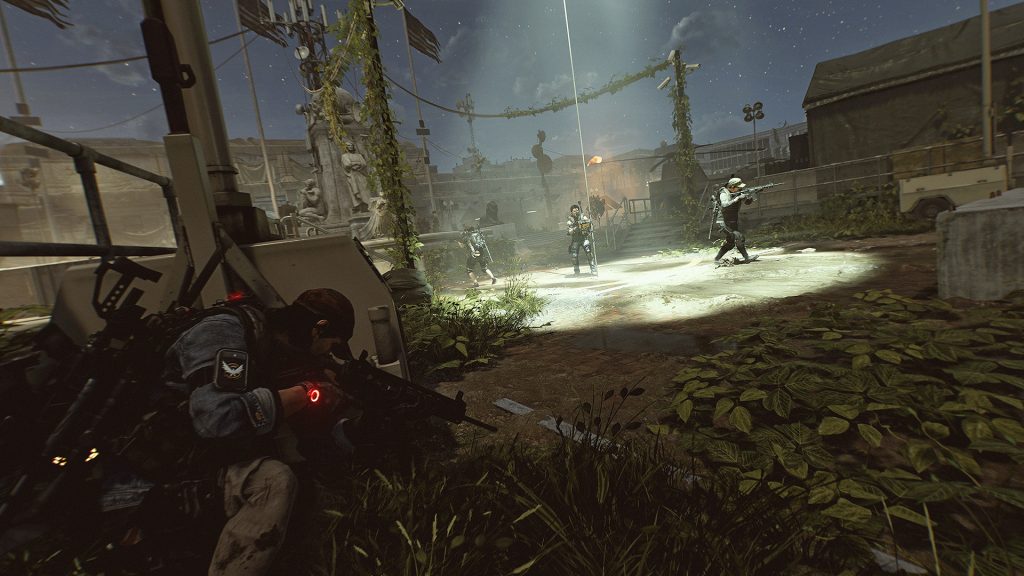
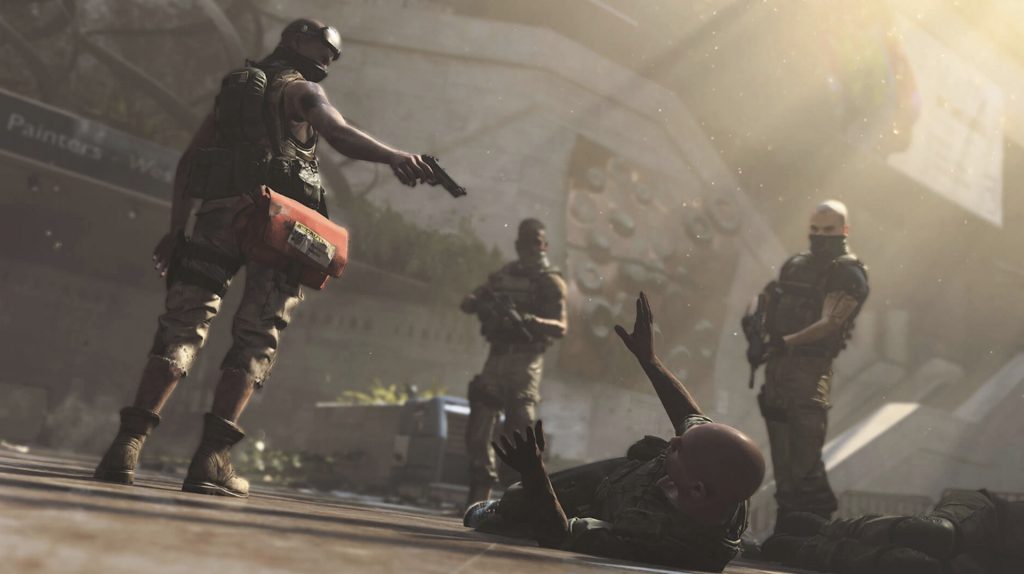
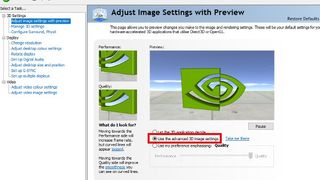
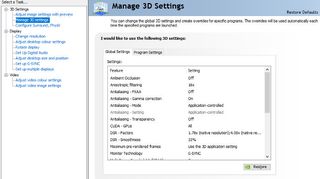
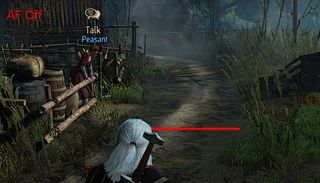

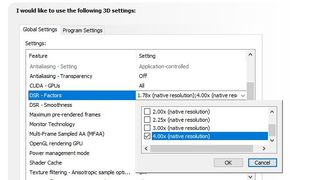


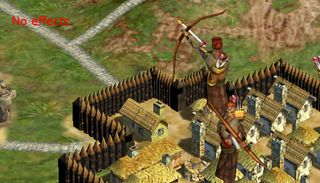
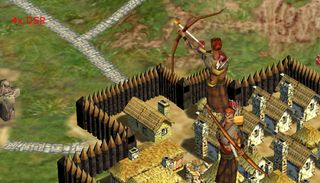
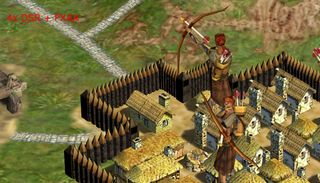
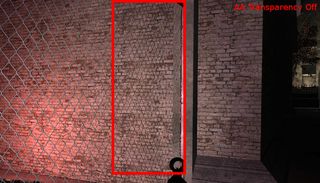
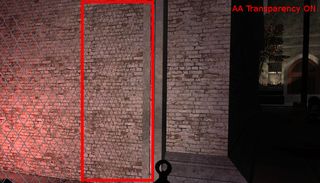
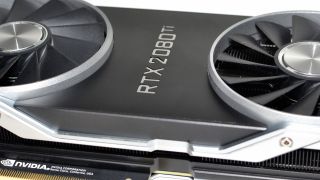
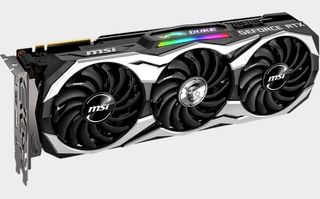
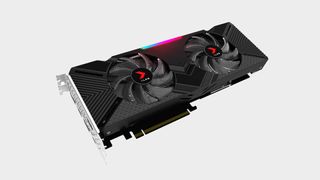
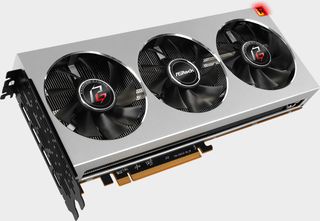
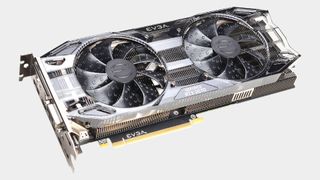
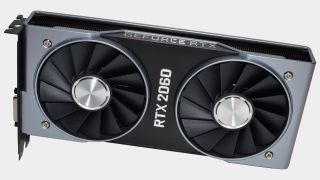

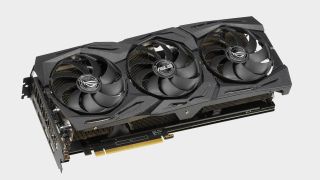
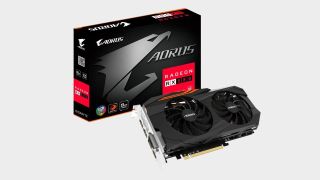
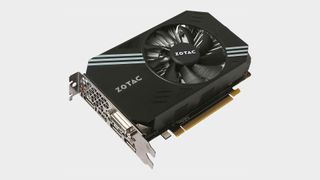
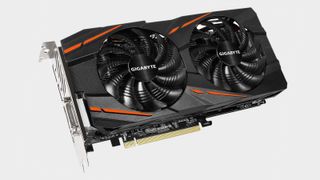
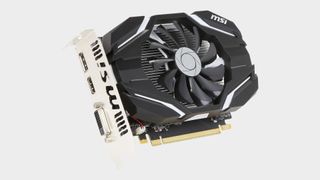
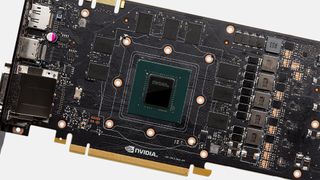
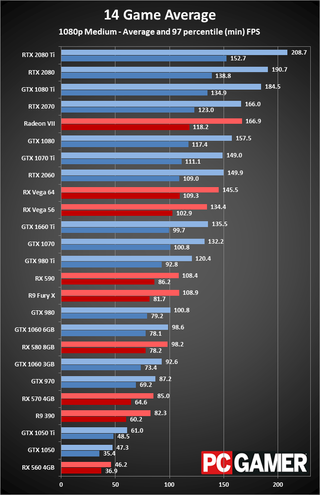
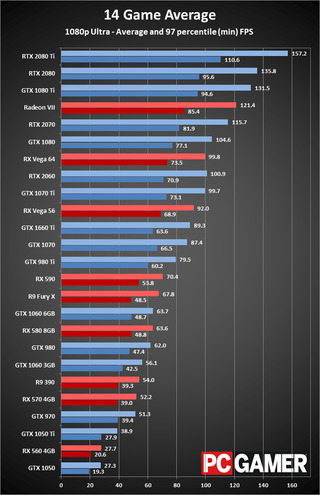
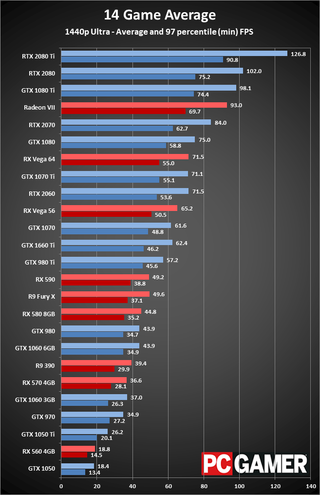
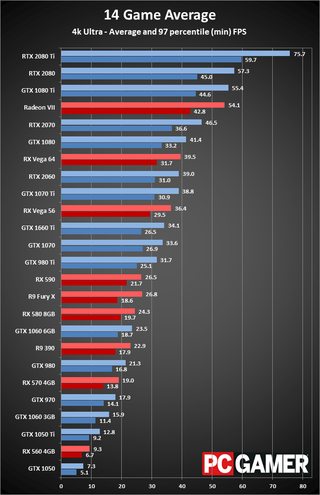
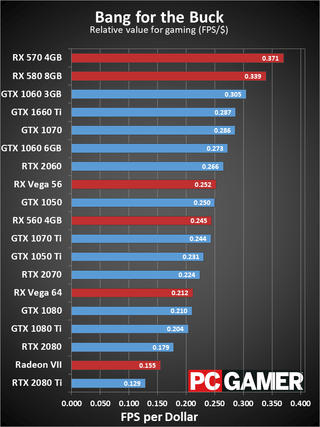
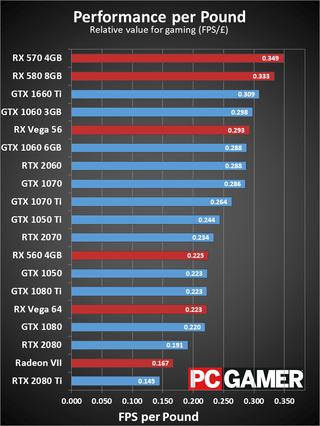
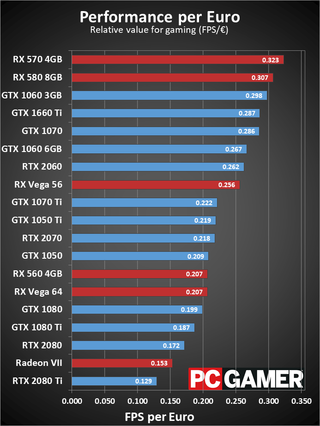
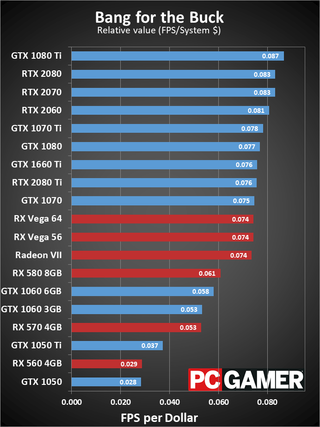
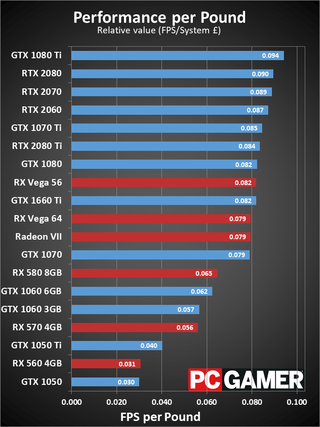
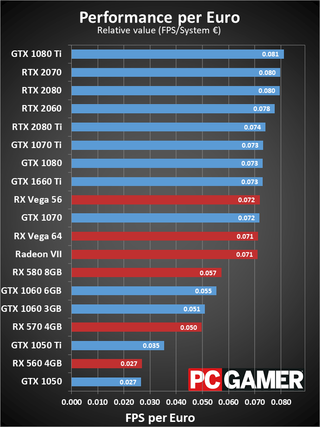
 Hello everyone, I am the author from papercheap.co.uk and my son who is a college student celebrated his 20th birthday last week. This date was very important for him, so I decided to make a present: to build a gaming PC of his dream.
Hello everyone, I am the author from papercheap.co.uk and my son who is a college student celebrated his 20th birthday last week. This date was very important for him, so I decided to make a present: to build a gaming PC of his dream.





